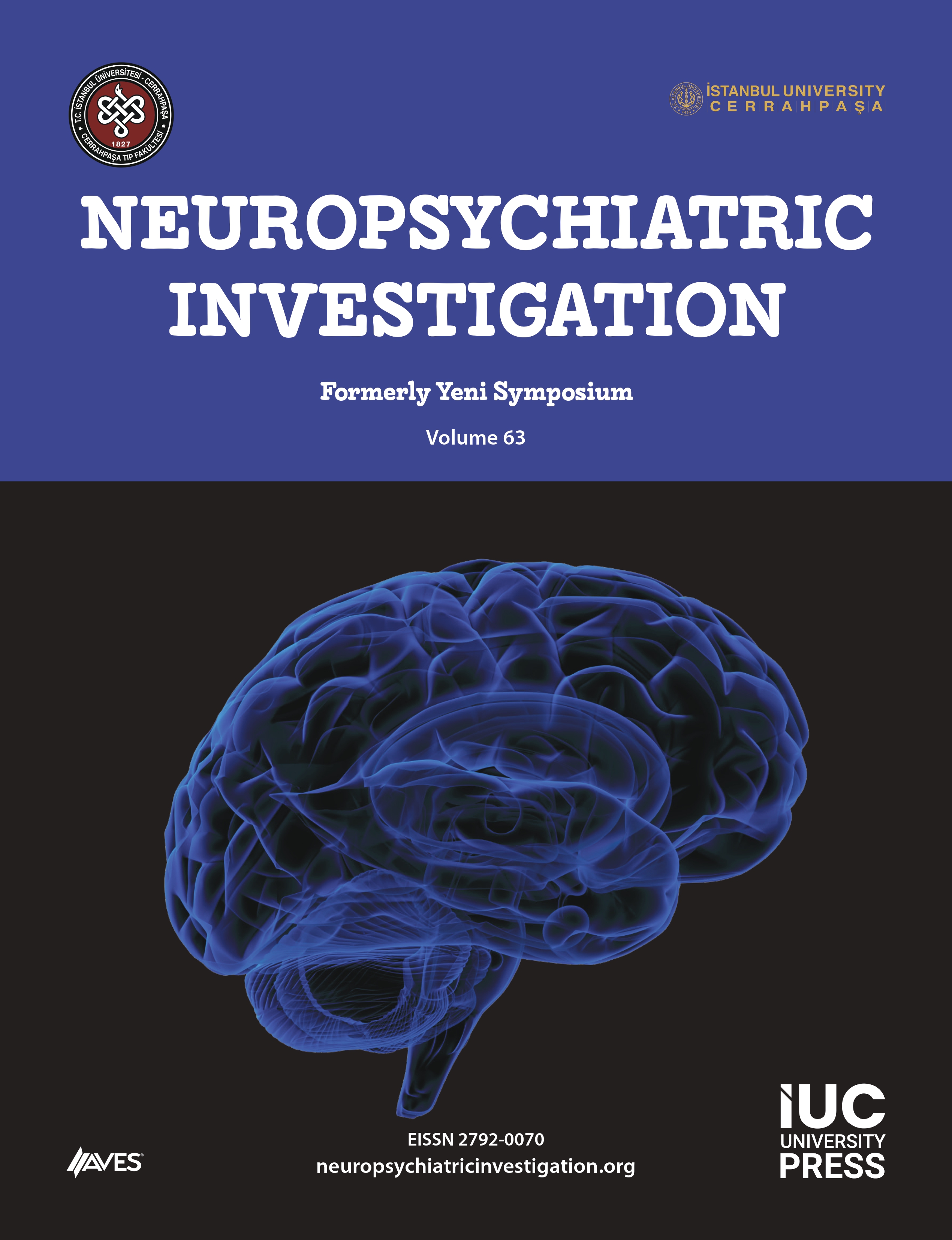Objective: Antenatal depression is associated with several obstetric complications that pose a risk for both maternal and fetal health. The recognition of mixed characters in the major depressive period is very important for the prognosis and treatment choice. Recent studies have reported remarkable relationships between affective temperaments and mood disorders. In this context, the current study aims at determining the frequency of depressive symptoms in a sample of pregnant women and investigating the probable relationships between mixed depressive symptoms and characteristics of temperament.
Method: This study was conducted at Dinar State Hospital from January 2018 to July 2018. It included 164 volunteers comprising of pregnant women who were consecutively referred to the Obstetrics and Gynecology Outpatient Clinic. The pregnant participants filled out a sociodemographic data form, Beck’s Depression Inventory (BDI), Modified Hypomania Checklist (MHC), and TEMPS-A (Temperament Evaluation of Memphis, Pisa, Paris, San Diego Autoquestionnaire) inventories.
Results: The participants’ BDI median score was found to be 5.00 ± 4.00, and 4.3% pregnant women scored above the BDI cutoff value. MHC mean score was 2.00 ± 2.00. There was only one pregnant woman with mixed-symptom depression risk. Despite the absence of a significant correlation between TEMPS-A sub-inventory scores and MHC, BDI, and TEMPS-A sub-inventory scores presented significant correlations.
Conclusions: Our findings suggest that pregnancy neither increases the risk of depressive symptoms nor could be considered a protective factor for the progression of depressive symptoms. Bearing in mind the characteristics of temperament in the scanning of antenatal depression and taking them into account for the intervention plans might be valuable. Further prospective studies are essential for the better evaluation of the presence and impacts of mixed symptoms in the gestational depression.




.png)